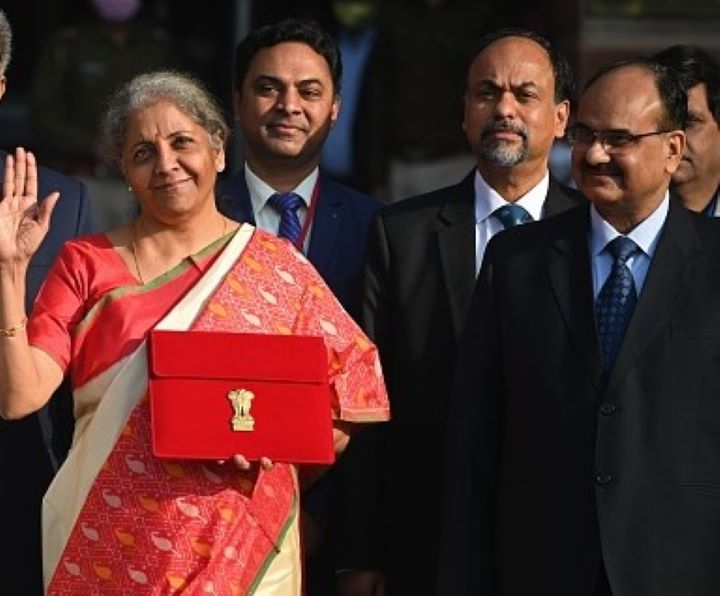
NEW DELHI: Nirmala Sitharaman, Minister of Finance, Government of India, in her speech in the Parliament of India on Wednesday, February 1, said, “India is moving forward firmly for the ‘panchamrit’ and net-zero carbon emission by 2070 to usher in green industrial and economic transition.”
Finance Minister announced that the government is aiming at the target of producing 5 Million Metric Tonnes (MMT) of green hydrogen annually by the end of 2030. While talking about the National Green Hydrogen Mission, Sitharaman said that it will facilitate a smooth transition towards a low-carbon economy and reduce country’s dependence on imported fossil fuels. She proposed an allocation of ₹35,000 crore to the Ministry of Petroleum and Natural Gas, Government of India, as priority capital investment for a transition towards clean energy and net zero objectives and improving energy security.
Highlighting Lifestyle for Environment (LiFE) aimed at promoting an environmentally conscious lifestyle, minister Sitharaman said that the proposed budget focuses on ‘Green Growth’ to help us guide through this Amrit Kaal. She also mentioned that Battery Energy Storage Systems, with a capacity of 4,000 MWH, will be supported with the help of Viability Gap Funding (VGF) and “A detailed framework for Pumped Storage Projects will also be formulated.”
A Green Credit Programme, to be notified under the Environment Protection Act 1986, has also been proposed in the budget to bring about a behavioural change by giving incentives for the environmentally sustainable and responsible actions taken by the company, individual and local bodies.
Apart from that, an inter-state transmission system has been proposed for the union territory (UT) of Ladakh at an investment of ₹20,700 crore, including central funding of ₹8,300 crore.
While speaking about the GOBARdhan (Galvanizing Organic Bio-Agro Resources Dhan) scheme, the minister announced that the establishment of 500 ‘waste to wealth’ plants has also been proposed to give impetus to circular economy. These plants will include 200 compressed biogas (CBG) plants, 75 plants in urban areas and 300 other community or cluster-based plants, which will cost ₹10,000 crore. In addition to this, the minister also proposed introducing a mandate for 5 per cent CBG in due course for all organisations engaged in the natural gas and biogas market. While speaking on the proposal to establish 10,000 Bio-Input Resource Centres, she said “over the next 3 years, we will facilitate 1 crore farmers to adopt natural farming.” With the help of this, a national-level distribution of micro-fertilisers and pesticide manufacturing network will be created.
Sitharaman also announced a ‘Mangrove Initiative for Shoreline Habitats & Tangible Incomes (MISHTI)’ under which mangrove plantation exercises will be taken up along the coastline and salt pan land of the country with the help of convergence of resources such as Mahatma Gandhi National Rural Employment Guarantee Act 2005 (MGNREGA), Compensatory Afforestation Fund Management and Planning Authority (CAMPA) Fund etc.
Furthermore, Amrit Dharohar scheme was also announced by the finance minister, which is aimed at the conservation of wetlands and surrounding ecosystems by promoting the unique conservation values of local communities. The scheme will be implemented for a period of three years which seeks to encourage optimal use of wetlands, enhance biodiversity and carbon stock, eco-tourism opportunities and income generation for the local communities.
Finance Minister also announced that the ‘PM Programme for Restoration, Awareness, Nourishment and Amelioration of Mother Earth’ will be launched to give incentives to states and UTs for the promotion of alternative fertilizers and balanced use of chemical fertilizers.

